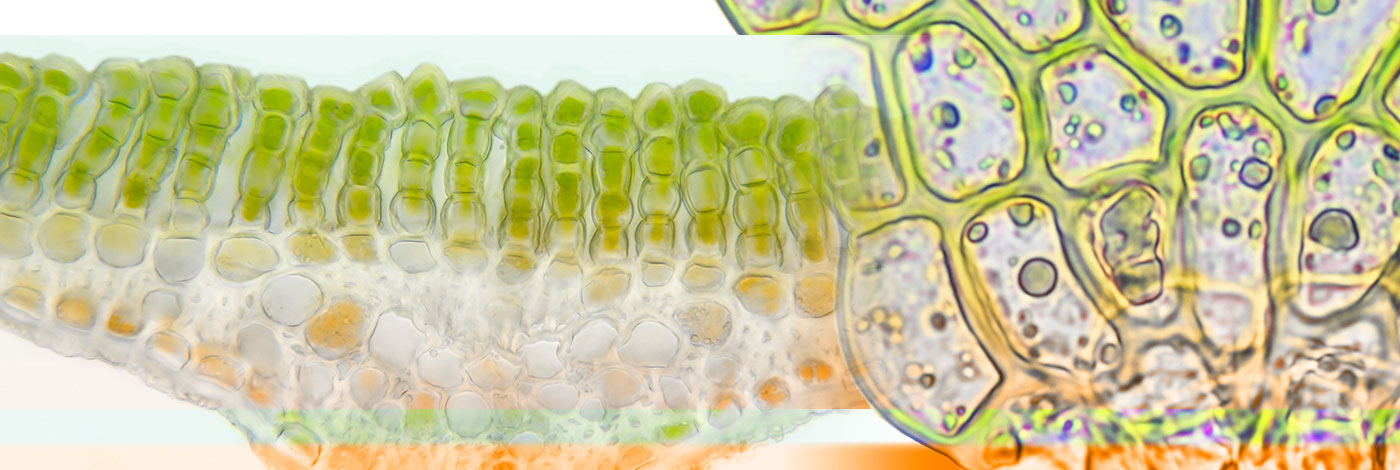
 Cryptogamie, Bryologie
30 (2) - Pages 229-242
Cryptogamie, Bryologie
30 (2) - Pages 229-242The article concerns the reaction of liverworts to the origin of new synanthropic habitats in the Tatra Mountains (Western Carpathians). Tourist trails, their shoulders and scarps were investigated. Thirty-one liverwort species were recorded in the investigated synanthropic habitats, which make up ca 15 of the hepaticoflora of the Tatra Mts. Cephalozia bicuspidata, Nardia scalaris, Solenostoma gracillimum, Scapania curta, S. umbrosa and Lophozia sudetica display distinct hemerophilous features. Leading plant species are Cephalozia bicuspidata in typical synanthropic habitats (on tourist trails) and Nardia scalaris in semi-natural habitats (on trail scarps). Apophytes in the Tatra Mts. are mostly lowland-mountain species and they are widespread in the entire massif. Apophytization of liverworts in some aspects is similar to the phenomena described in the case of vascular plants. It concerns "walking down" of high mountains species to lower sites (Marsupella brevissima, Lophozia sudetica), "passing" of alpine scree-bed species to synanthropic habitats (Anthelia juratzkana, Marsupella brevissima, Pleurocladula albescens), and formation of plant communities with new floristic combinations (community with Cephalozia bicuspidata) or expansion of secondary forms of autogenic communities (e.g. Calypogeietum trichomanis, Nardietum scalaris). Some of them play an important role in stabilization of trail scarps, especially in the alpine belt (Nardietum scalaris kiaerietosum starkei subass. nova).